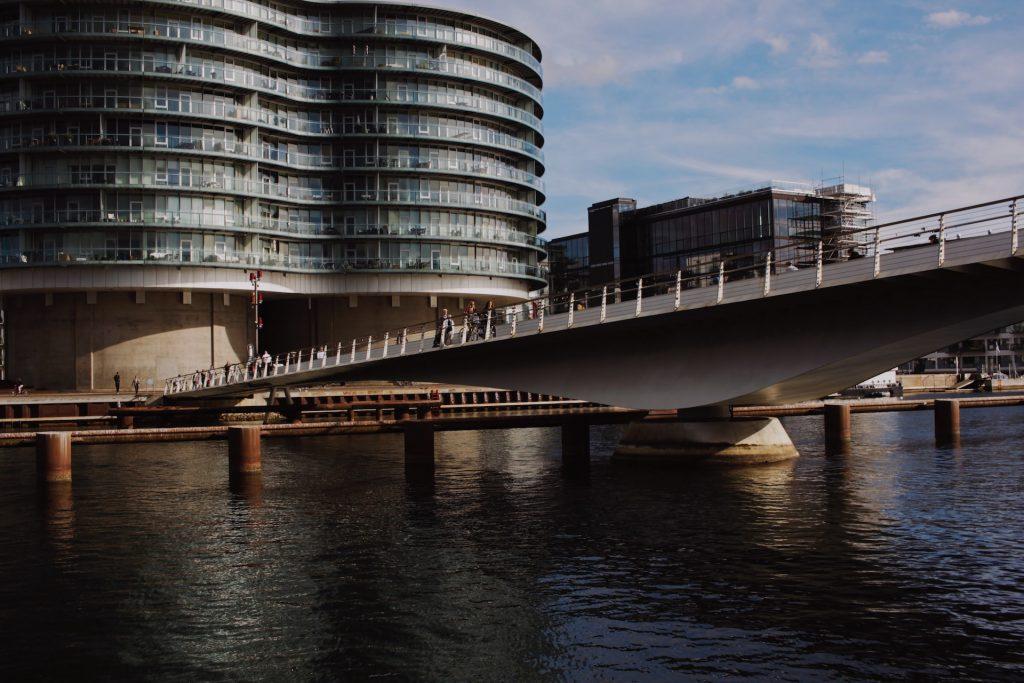There can be no doubt that Danish heat consumers have had to dig deep into their pockets to keep up with rising energy prices. New figures show that heat consumers in five municipalities on the island of Zealand are now paying an additional £433 million a year to keep warm compared to prices in 2020.
The data is from The Central Register of Buildings and Dwellings (BBR) and prices for gas and electricity from December 2020 compared to September this year, as well as the current expected prices for the coming heating season. The municipalities of Holbæk, Køge, Næstved, Rudersdal and Slagelse are the five municipalities that are particularly hard hit due to their high number of homes with either gas or electric heating.
Nicolai Kipp, chief consultant at the Danish District Heating Association, says the new figures underline the need to speed up the ongoing roll-out of heat networks to many more Danes. Hundreds of thousands of Danish homes are due to switch from natural gas to green heat networks.
The Danish district heating companies are in the process of a historic phase-out of natural gas from Danish homes, and we need to continue this conversion and speed it up even more, says Nicolai Kipp.
Over £100 million more expensive in Holbæk
The biggest increase in heating costs has been in the municipality of Holbæk, one of the most gas dependant municipalities in Denmark. Here, consumers now must find around £113 million extra to pay their annual heating bills.
In the other four municipalities, the total cost is somewhat less, but nevertheless also significant. In the municipality of Køge, the total extra bill is about £89 million; in the municipality of Næstved, the extra bill is about £83 million.
Heat users in Rudersdal municipality have to find around £77 million, while consumers – and heat users – in Slagelse municipality are forced to pay around £71 million more a year to keep warm.
The district heating pool has been padded
Nicolai Kipp from the Danish District Heating Association praises the fact that politicians have just added more funds to the District Heating Pool, which enables district heating companies to apply for extra funds to implement their heat network projects in gas-dependent areas.
This is important funding for district heating companies because it can make it cheaper for individual households to switch from gas to a heat network. It is crucial for Denmark to move from fossil heating to green district heating, says Nicolai Kipp.
Although fuel prices in Denmark have risen by almost 50% since 2012, in August 2022 heat from heat networks cost 7.4% less than in August 2021. Heat network prices remain on par with those of 2012. The flexibility of heat networks to exploit multiple heat sources such as waste heat, has protected Danish consumers against the extremes of gas and electricity price fluctuations.
